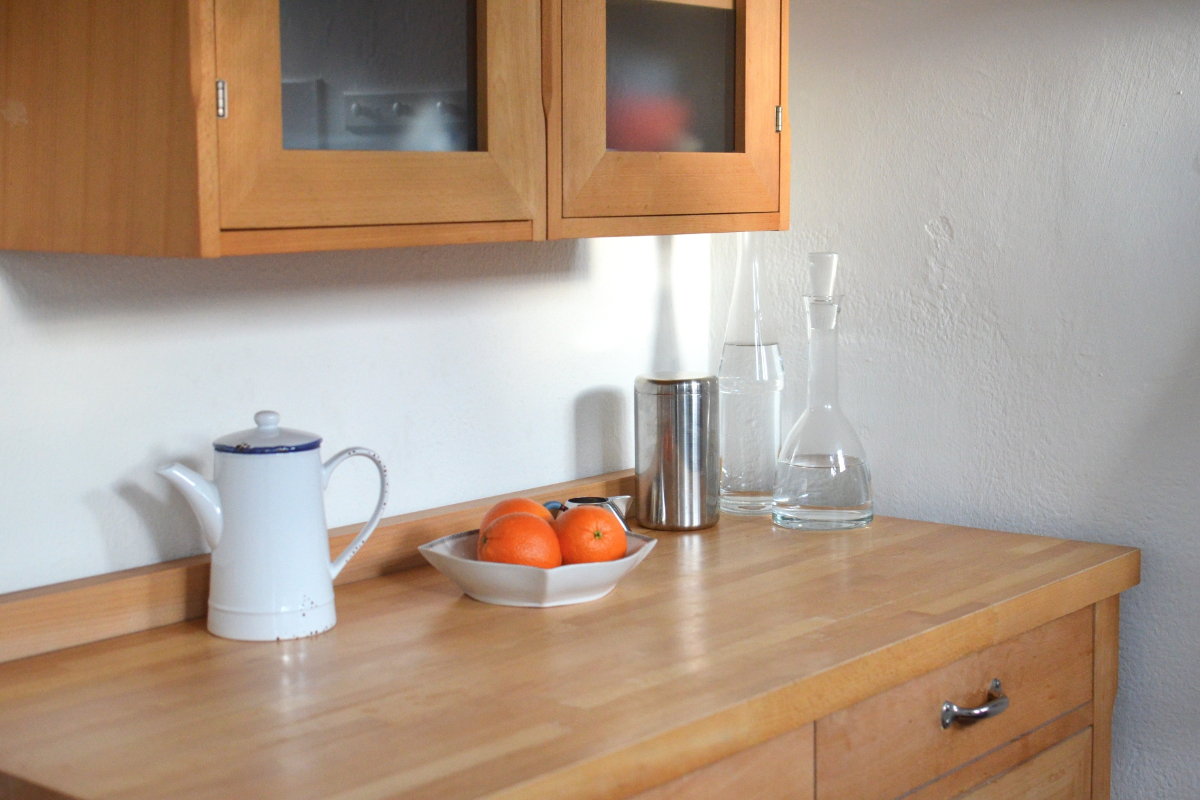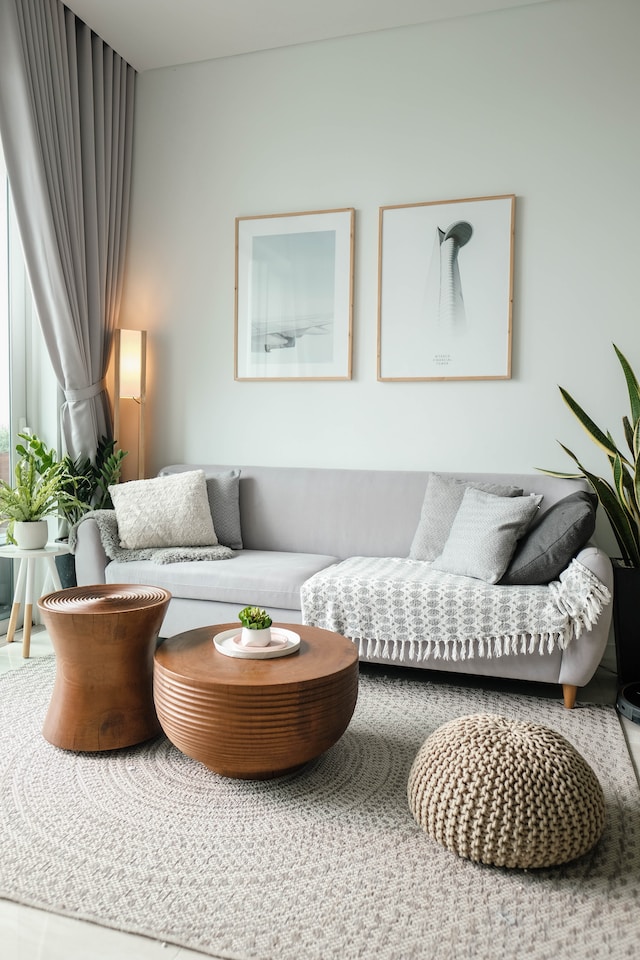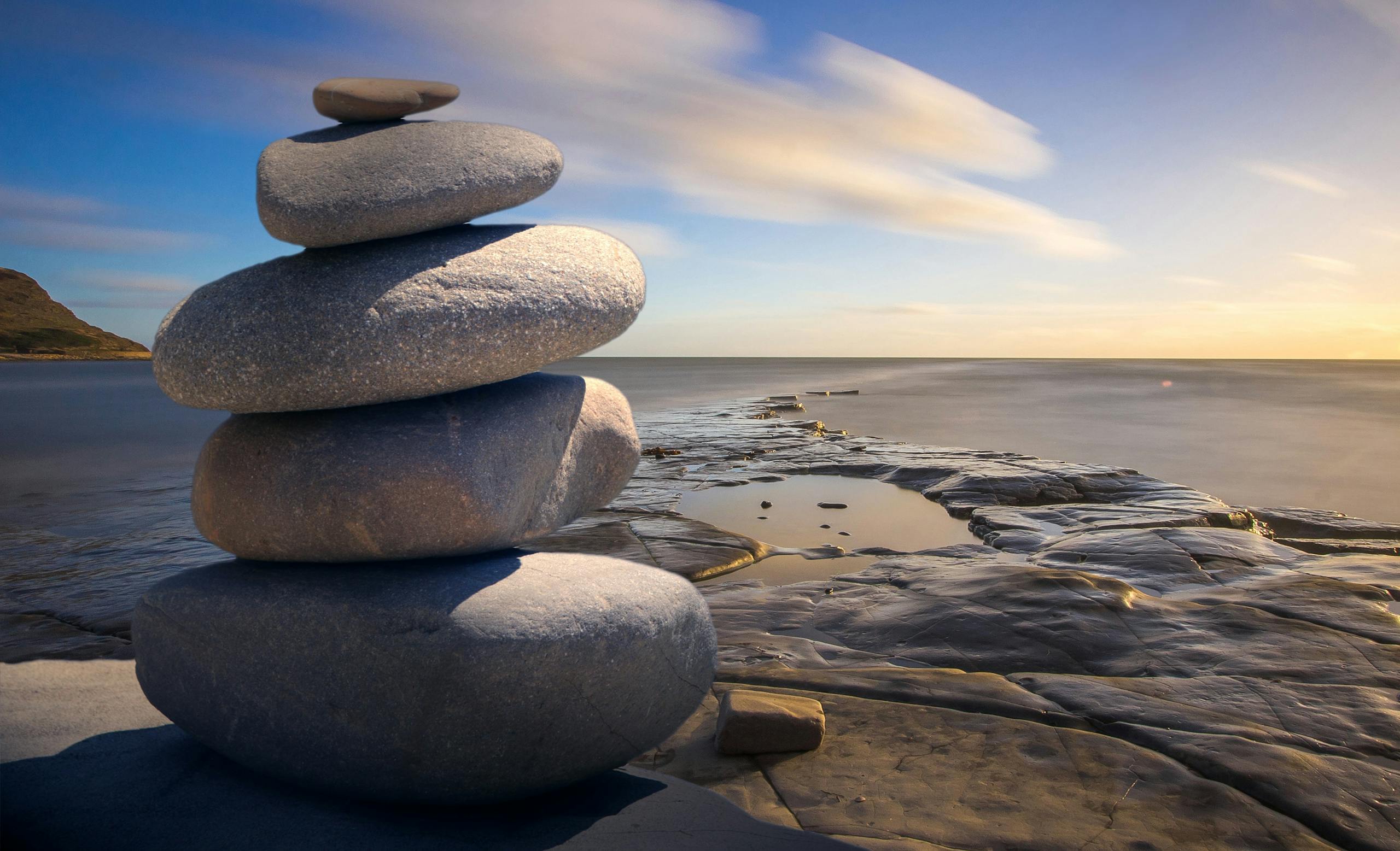Find Calm Amidst Chaos: Techniques for a Simpler Life
There are some affiliate links below, but they are all products I highly recommend. For more info, view my disclosure here.
Are you feeling overwhelmed by the chaos of daily life? Do you long for a simpler, more peaceful existence?
In this article, we will explore techniques that can help you find calm in the midst of the chaos. By practicing mindfulness, decluttering your physical and mental space, prioritizing self-care, setting boundaries, embracing minimalism, and creating daily rituals for peace and balance, you can create a simpler and more fulfilling life.
Mindfulness allows you to fully immerse yourself in the present moment, letting go of worries about the past or future.
Decluttering your physical space not only creates a more organized environment but also has a positive impact on your mental well-being. Similarly, decluttering your mental space through practices like meditation and journaling can help you release stress and anxiety.
Prioritizing self-care is essential for maintaining balance and preventing burnout.
Setting boundaries with others ensures that you have time and energy for yourself.
Embracing minimalism helps you focus on what truly matters and avoid the distractions of excess.
Finally, creating daily rituals for peace and balance can provide a sense of structure and stability in your life.
By implementing these techniques, you can cultivate a calmer mindset and create a simpler life amidst the chaos.
Practicing Mindfulness
Practicing mindfulness allows you to fully immerse yourself in the present moment, creating a serene oasis amidst the chaos of daily life. By focusing your attention on the here and now, you can cultivate a sense of calm and clarity.
Mindfulness involves paying attention to your thoughts, emotions, and sensations without judgment. It’s about being fully aware of what’s happening in your mind and body, without getting caught up in the whirlwind of thoughts and worries.
One technique for practicing mindfulness is to start with your breath. Take a few deep breaths, feeling the air entering and leaving your body. Notice the sensation of your breath as it flows in and out. Whenever your mind starts to wander, gently bring your attention back to your breath.
Another technique is to engage in mindful walking. As you walk, pay attention to the sensation of your feet touching the ground, the movement of your body, and the sounds around you. Allow yourself to fully experience each step and be present in the moment.
Lastly, practicing mindfulness can also involve taking moments throughout the day to pause and check in with yourself. Close your eyes for a few seconds and take a deep breath. Notice how you’re feeling physically and emotionally. This simple act of self-awareness can help you stay grounded and find calm in the midst of chaos.
Decluttering Your Physical Space
By decluttering your physical space, you can create a more serene and organized environment that brings a sense of tranquility to your daily routine. Clearing out the excess belongings that no longer serve a purpose allows you to focus on what truly matters and reduces the distractions that can add to your stress levels.
Start by tackling one area at a time. Whether it’s your bedroom, kitchen, or workspace, break it down into smaller sections to prevent overwhelm. Take a critical look at each item and ask yourself if it brings you joy or serves a practical purpose. If the answer is no, it’s time to let it go. Donate, sell, or recycle the things that no longer serve you.
As you declutter, you’ll notice a shift in your mindset. The physical act of clearing out your space can be therapeutic and provide a sense of accomplishment. You’ll also experience the benefits of a more organized environment, where finding things becomes easier and less time-consuming.
Remember to maintain your decluttered space by regularly reassessing your belongings and keeping clutter at bay. Adopting a minimalist mindset will help prevent the accumulation of unnecessary items in the future.
By decluttering your physical space, you’re actively creating a more peaceful and simplified life. Embrace the process and enjoy the calm and clarity that comes with it.
Decluttering Your Mental Space
Clearing the clutter from your mind is like opening the windows of a stuffy room, allowing fresh air and sunlight to flood in. Just as physical clutter can weigh you down, mental clutter can make it difficult to find peace and simplicity in your life.
The first step in decluttering your mental space is to identify the thoughts and emotions that are crowding your mind. Take a few moments each day to reflect on your thoughts and feelings, and notice if there are any recurring patterns or negative thoughts that are holding you back.
Once you have identified these mental clutter culprits, it’s time to let them go. Practice mindfulness and meditation to quiet the noise in your mind and create space for clarity and calm. Journaling can also be a helpful tool in decluttering your mental space. Write down your thoughts and feelings, allowing them to flow onto the page without judgment or analysis. This process can help you gain insight and release any pent-up emotions.
Remember, decluttering your mental space is an ongoing practice. Be patient and gentle with yourself, and embrace the freedom that comes with a clearer mind.
Prioritizing Self-Care
Make sure to carve out time for yourself and prioritize activities that bring you joy and rejuvenation, like indulging in a relaxing bath or going for a leisurely walk in nature. Self-care is essential for finding calm in the chaos of life.
In the hustle and bustle of our daily routines, it’s easy to neglect our own well-being. But taking care of yourself isn’t selfish; it’s necessary for your overall mental and physical health.
Start by setting aside dedicated time each day or week for self-care activities. Whether it’s thirty minutes or a couple of hours, make it non-negotiable. During this time, focus solely on yourself and what makes you happy. It could be reading a book, practicing yoga, or simply meditating. Whatever it is, make sure it’s something that allows you to unwind and recharge.
Remember, self-care isn’t just about indulging in enjoyable activities. It also involves taking care of your basic needs, like getting enough sleep, eating nutritious meals, and staying hydrated. These foundational practices are crucial for maintaining your overall well-being.
Additionally, don’t be afraid to ask for help or delegate tasks when needed. Prioritizing self-care means recognizing your limits and not overextending yourself. It’s okay to say no to things that drain your energy and prioritize your own needs.
Ultimately, prioritizing self-care allows you to show up as your best self in all areas of your life. By taking time for yourself and engaging in activities that bring you joy, you’ll find that the chaos of life becomes more manageable, and you’ll feel more grounded and at peace. So, make it a priority and watch how it positively impacts your overall well-being.
Setting Boundaries
Setting boundaries is crucial for maintaining a healthy balance between your personal and professional life. It is important to establish clear limits and communicate them effectively to others. This means saying no when necessary and not overcommitting yourself.
By setting boundaries, you can avoid feeling overwhelmed and stressed out.
One way to set boundaries is by creating a schedule and sticking to it. Determine your work hours and make sure to prioritize self-care during your free time. This might mean turning off notifications on your phone or setting specific times for checking emails.
It is also important to communicate your boundaries to your colleagues and loved ones. Let them know when you are available and when you need time for yourself.
Another aspect of setting boundaries is learning to say no. It can be tempting to take on more tasks or responsibilities, but it is essential to recognize your limits. Saying no does not mean you’re being selfish; it means you’re taking care of yourself and your well-being. Remember that you can’t pour from an empty cup.
Setting boundaries is a powerful tool for simplifying your life and finding calm in the chaos. By establishing clear limits and communicating them effectively, you can maintain a healthy balance and prioritize your well-being. Don’t be afraid to say no and take time for yourself. Your mental and emotional health will thank you.
Embracing Minimalism
Now that you’ve learned about the importance of setting boundaries, it’s time to take a step further towards finding calm in the chaos by embracing minimalism. Embracing minimalism means simplifying your life by decluttering, letting go of excess, and focusing on what truly matters.
By adopting a minimalist mindset, you can create a peaceful and harmonious environment that promotes relaxation and clarity.
Start by decluttering your physical space. Take a look around your home and identify items that no longer serve a purpose or bring you joy. Letting go of these unnecessary possessions will not only free up physical space but also create mental space for you to breathe and think clearly.
Minimalism goes beyond just decluttering your physical belongings. It’s about simplifying all aspects of your life. Evaluate your commitments, relationships, and daily routines. Identify what brings you joy and fulfillment, and let go of anything that drains your energy or adds unnecessary stress.
By embracing minimalism, you’ll find that you have more time, energy, and focus to devote to the things that truly matter to you. You’ll experience a sense of freedom and lightness as you detach yourself from material possessions and unnecessary obligations.
So, take a deep breath, let go of the excess, and embrace the simplicity of minimalism to find calm amidst the chaos.
Creating Daily Rituals for Peace and Balance
Establishing daily rituals is essential for finding peace and balance in our hectic lives. By creating these regular practices, you can cultivate a sense of calm and stability amidst the chaos.
Start by setting aside a few minutes each morning to center yourself through meditation or deep breathing exercises. This simple act of mindfulness can help you start your day with a clear and focused mind.
Incorporate physical movement into your daily routine, whether it’s a morning yoga session or an evening walk. Moving your body not only improves your physical health but also releases endorphins that boost your mood and reduce stress.
Make time for activities that bring you joy and relaxation, such as reading a book, listening to music, or taking a warm bath. These moments of self-care are essential for nurturing your mental and emotional well-being.
Establish a consistent sleep schedule to ensure you get enough rest each night. Create a bedtime routine that helps you unwind and signals to your body that it’s time to relax. Turn off electronic devices, dim the lights, and engage in calming activities like reading or journaling before sleep. This will help you have a restful night’s sleep and wake up feeling refreshed and rejuvenated.
Remember, finding peace and balance in your life is an ongoing process. Be patient with yourself as you establish these daily rituals and allow them to become a natural part of your routine. Embrace the power of consistency and watch as these small practices transform your life.






